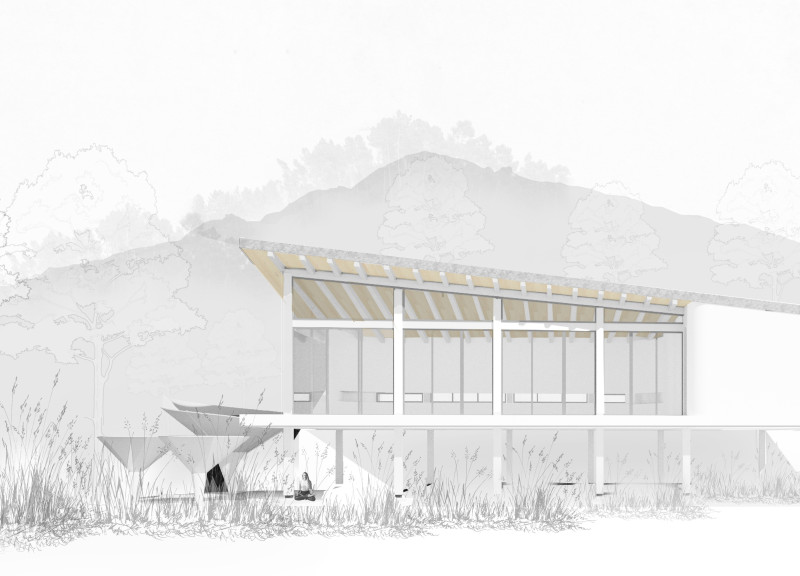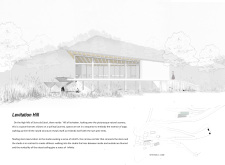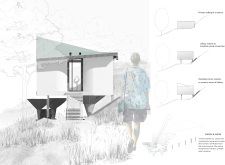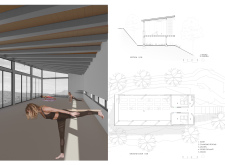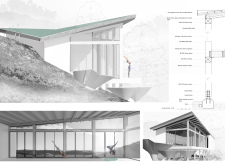5 key facts about this project
The project is an architectural design that embodies a modern approach to both functionality and aesthetic sensibility. Situated in [Geographical Location], the structure plays an essential role in the community by serving [describe the main function, such as a public space, residential area, or commercial facility]. The design focuses on integrating the building into its environment while maintaining a clear intent of purpose.
This architectural project communicates [describe what the project represents, such as community engagement, sustainability, or cultural heritage]. The design emphasizes an efficient use of space, characterized by an open layout that promotes interaction and accessibility. Key areas are thoughtfully allocated, including [list essential parts such as common areas, private zones, utility spaces, etc.], each tailored to meet specific user needs.
Sustainable design principles are embedded in the project. The use of locally sourced materials, such as timber and stone, reduces the environmental impact associated with material transportation. Furthermore, energy-efficient systems, including natural ventilation and solar panels, contribute to reducing the carbon footprint of the building. These features not only support sustainability but also enhance the overall living and working conditions within the structure.
The project uniquely differentiates itself through its innovative use of light and space. The strategic placement of windows, as well as the incorporation of skylights, maximizes daylight penetration, reducing dependency on artificial lighting. Additionally, the integration of landscaping elements, such as green walls and outdoor spaces, blurs the boundary between interior and exterior environments, creating a seamless transition that encourages engagement with nature.
Another distinctive aspect of this project lies in its architectural integration with the community. The design considers the surrounding context, aligning with the scale and character of neighboring structures through careful massing and material choices. Accessible pathways and gathering areas foster social interaction, rendering the building not just a structure, but a vibrant part of the community fabric.
The architectural plans provide a detailed overview of the layout, illustrating how various spaces are organized to ensure efficiency and flow. Architectural sections reveal the building’s vertical relationships and emphasize the importance of natural light throughout the different levels. Viewing architectural designs or elements can further clarify the innovative strategies employed in this project.
This project stands as a relevant example of contemporary architecture that balances aesthetic appeal with functional necessity. For those seeking deeper insights into the design, reviewing the architectural plans, sections, and additional design elements will provide valuable context that enriches the understanding of this architectural endeavor.


